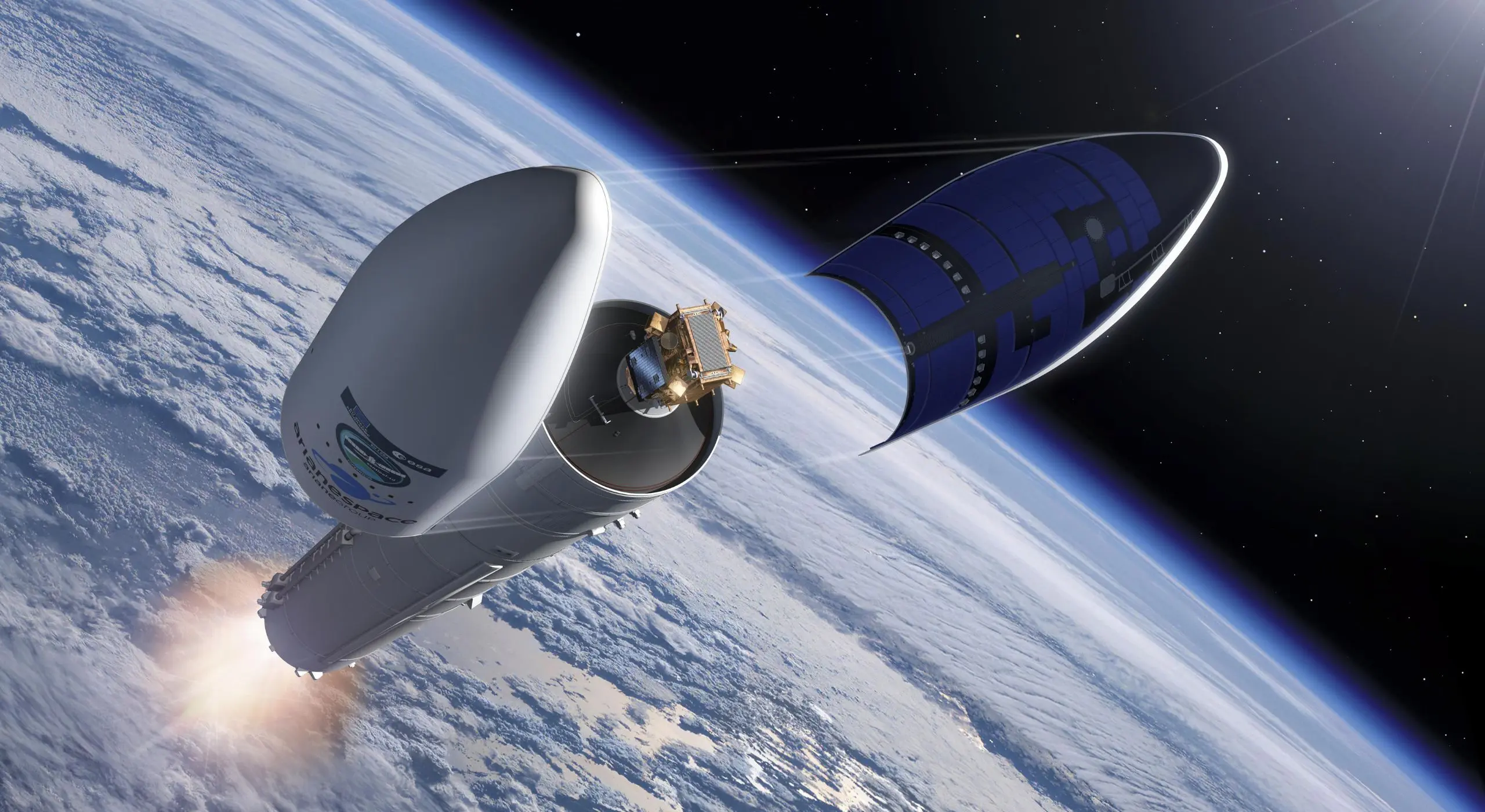New Smart Composite Materials Monitor the Health of Structures

WISH (Wireless In-Situ Stress Monitoring for Space Applications) has officially been launched, an innovative project funded by the European Space Agency (ESA). The initiative involves the Department of Mechanical Engineering at Politecnico di Milano, with the team coordinated by Prof. Riccardo Casati, BCMaterials (Basque Center for Materials, Applications and Nanostructures) in Bilbao, and the University of Twente, aiming to develop a wireless, real-time system for Structural Health Monitoring (SHM) of aluminum components used in space applications.
The project introduces an innovative approach to monitor the integrity of materials in space structures made from aluminum alloys, one of the most widely used materials in aerospace due to its combination of light weight and high strength. Traditional methods for measuring internal stresses, such as strain gauges or embedded optical fibers, provide localized data and require electrical or optical connections, making them less suitable for the space environment.
WISH aims to overcome these limitations by using magnetoelastic (ME) materials, in particular magnetic shape memory alloys (MSMA), integrated through advanced additive manufacturing (AM) techniques. This combination will enable wireless, in-situ, real-time stress monitoring, opening the way to a new paradigm for assessing the structural integrity of satellites and spacecraft.
The project involves developing new powders optimized for additive manufacturing, containing ME materials with surface modifications to prevent unwanted interactions between molten aluminum and the magnetoelastic particles during printing. ME particles will be integrated into AM processes to selectively place active materials in critical areas, enabling the production of complex, lightweight components with autonomous wireless monitoring capabilities. MSMA alloys will be employed to monitor internal stresses, exploiting changes in magnetic properties induced by mechanical deformation to provide continuous, accurate, real-time data.
By combining materials science, manufacturing innovation, and wireless sensing, the WISH project aims to develop a new generation of SHM systems capable of enhancing safety, reducing maintenance costs, and extending the operational lifespan of space systems.
Photo by ESA - P. Carril